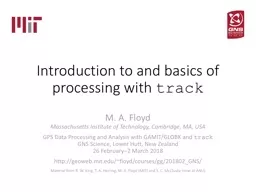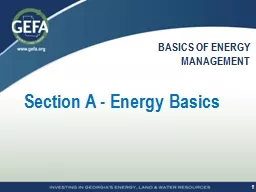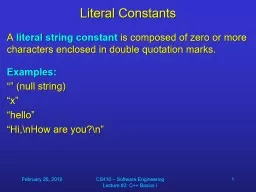PPT-Introduction to and basics of processing with
Author : leventiser | Published Date : 2020-08-27
track M A Floyd Massachusetts Institute of Technology Cambridge MA USA GPS Data Processing and Analysis with GAMITGLOBK and track GNS Science Lower Hutt New Zealand
Presentation Embed Code
Download Presentation
Download Presentation The PPT/PDF document "Introduction to and basics of processing..." is the property of its rightful owner. Permission is granted to download and print the materials on this website for personal, non-commercial use only, and to display it on your personal computer provided you do not modify the materials and that you retain all copyright notices contained in the materials. By downloading content from our website, you accept the terms of this agreement.
Introduction to and basics of processing with: Transcript
Download Rules Of Document
"Introduction to and basics of processing with"The content belongs to its owner. You may download and print it for personal use, without modification, and keep all copyright notices. By downloading, you agree to these terms.
Related Documents














